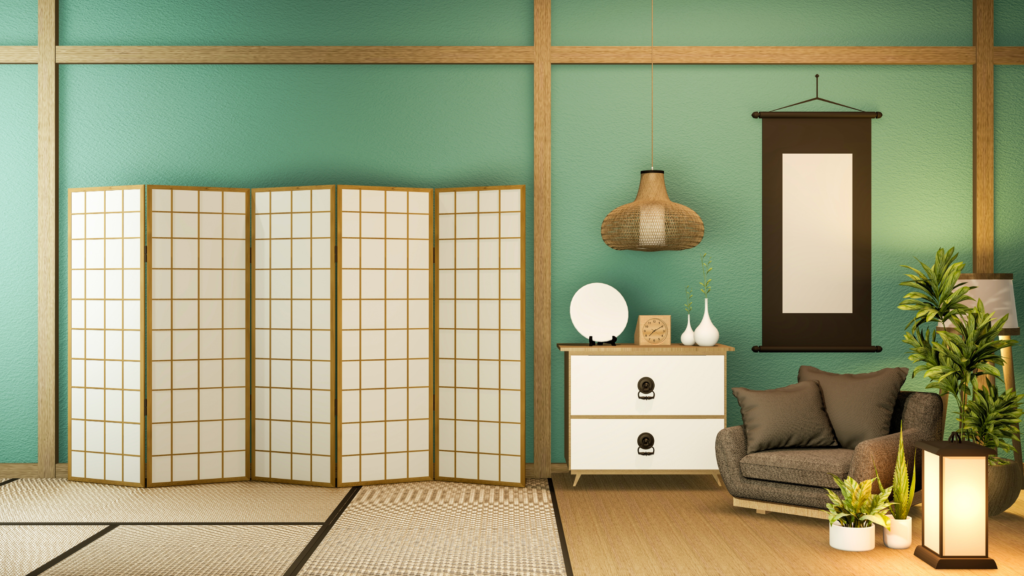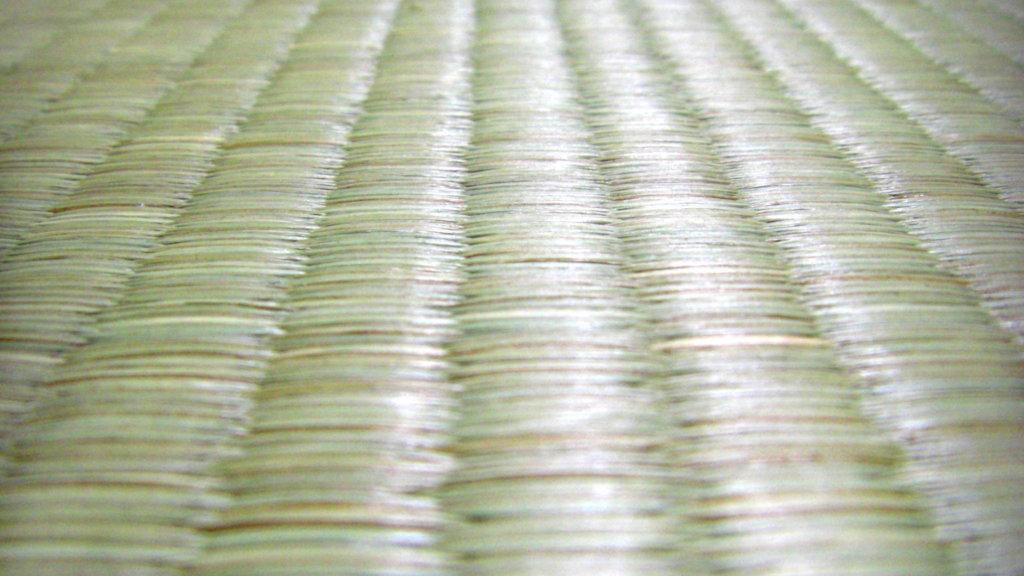Table of Contents
“May you live and die in tatami.”
It’s a common saying in Japan which means ‘to die in peace.’
In recent years, there’s been a rising interest in tatami living, especially regarding aging-in-place.
Today, we will explore the pros and cons of tatami and see how it can benefit our seniors aging in place.
Tatami mats are an essential part of Japan’s history and culture.
Tatami comes from the verb tatamu, which means to fold or stack.
Tatami mats are made from rush grass traditionally woven around a rice straw core. Over the years, the core has been replaced with wood chips or foam.

Only the nobility and samurai were allowed to use tatami mats. Its soft surface added to a firm yet springy feel making it a luxury at the time.
The mats were designed with a beautiful border edge called heri. These designs ranged from simple to complex, even some being used for temples and reception rooms of the wealthy.
Tatami mats started thinner and could be folded or piled up. Over time, their use widened and served its purpose as seating for the nobility.
Eventually, the tatami mats became so common they became associated as a part of Japanese-style homes and rooms.
It also became a preferred flooring throughout Japanese history.
Instead of meters or feet, people counted in jo or how many tatami mats could fit in the room.
Brand new tatami floors are said to smell like fresh grass and have a light green color.
It is perfect for hot and humid climates in summer and also in a dry winter they provide warmth and can humidify the air.
Beyond aesthetics, tatami mats and flooring are beneficial, especially for seniors.
Research shows tatami mats are safe for sleeping as long as you do not have any pre-existing medical conditions.

Tatami mats are usually light and portable, perfect for small spaces. It can be folded and stored away for more floor space.
This is perfect for seniors in low-income homes or those living alone.
A tatami mat can also help alleviate back pain and maintain good posture because of its flat and firm surface.
You can also have improved breathing and blood circulation when you have better posture.
Tatami mats are also often used in Japanese martial arts. Its firm yet yielding quality lets it withstand impact.

Most martial artists would consider tatami mats as sacred grounds. Entering the tatami mat is considered a sacred entry into the martial arts zone.
Because of this, tatami mats make a great option for flooring, especially in aging-in-place design.
The padding helps break senior falls and keep them safe.
Japanese people also believe in the tatami’s ability to keep you calm and reduce stress and anxiety.
New tatami mats give off the scent of grass and the earth.
Sleeping near the ground also gives you a feeling of stability and relaxation. This can lead to less fatigue and promotes better sleep quality too.

Sleepline.com confirms that tatami mats and floorings are safe for seniors.
Japan has been using futons and tatami mats for centuries. It is also worth mentioning that Japan has one of the lowest cases of SIDS.
Seniors are also used to sleeping on futons on the floor, which lessens accidents and falls during their sleep.
The saying, “May you live and die in tatami,” has a positive notion in Japanese culture. It means to live life and pass away in a peaceful and tranquil manner.

And in a country where the death rate is much higher than the birth rate, passing away at home is an honor.
Tatami mats are a great option to include in designing aging-in-place homes.
It provides excellent heat insulation and heat control.
Because it’s made from rush grass, it can block the cold air from coming up under the floor. It can also absorb and release moisture in the air.
When rainy seasons come, the mats can keep the humidity in the rooms low. During dry winters, it can release moisture to keep the humidity from dropping.
However, tatami mats also have their downsides.

For one, it can be harmful to seniors and people with allergies. Sleeping on the floor means you are potentially closer to dust, mites, and other crawling critters.
Mats are also at risk of molding in dark humid spaces if not cleaned well, so follow cleaning instructions.
These tatami mats are also unsuited for people with significant mobility and spine issues.
Side lying can be quite uncomfortable and can lead to pressure and pain.
But if your seniors are healthy and strong, then tatami mats can also be a great addition to their homes.
Tatami mats are a great addition to the aging-in-place design.
On top of adding a beautiful aesthetic to the home, it can also improve your seniors’ overall health.
It can help their posture, cool the home, and increase blood flow and circulation.
If your parents are healthy and need inspiration on home improvement for aging in place, this one is for you.
Would you consider tatami designs for your aging parents’ place? Let us know in the comments below.
That's all for today.
Take care, keep mom safe at home and have a great day!
Winn